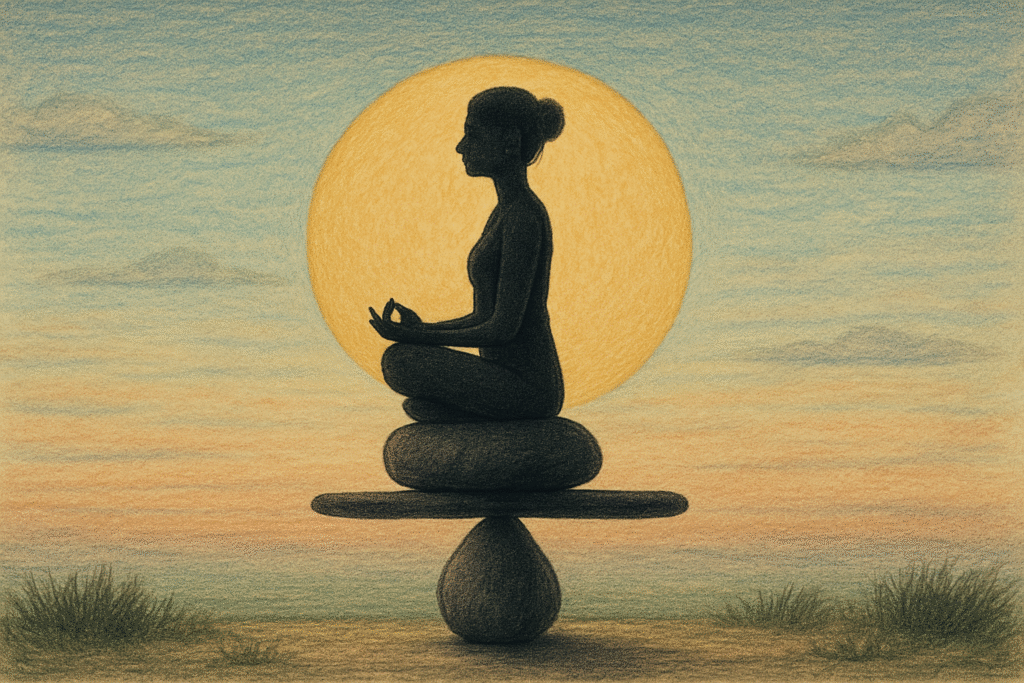
"In every breath lies a secret - a rhythm that connects life and consciousness. The simple act of inhaling and exhaling is not just a biological function; it is a profound metaphor for balance, presence, and harmony.At Nada Yoga School in Rishikesh, we teach our students that yoga is not only about movement but about living between these two breaths - in the sacred pause where stillness meets awareness."
"In yogic philosophy, prāṇa - the vital life force - flows through every inhale and exhale. But it is the kumbhaka, the moment of stillness between them, that holds the key to balance. Types of Breath in Yoga Practice Pūraka (Inhalation): The act of drawing in energy, life, and inspiration. Rechaka (Exhalation): The release of stress, tension, and negativity. Kumbhaka (Retention): The pause - a space of silence and pure awareness. That pause between inhaling and exhaling symbolizes the middle path of life - where dualities merge into unity, and one experiences true inner balance."
Breath functions as both a physiological process and a profound symbol of balance, presence, and harmony. Prāṇa, the vital life force, moves with each inhale and exhale, while kumbhaka—the retention between breaths—creates a silent space that cultivates balance. The three primary breath types are pūraka (inhalation), rechaka (exhalation), and kumbhaka (retention), each governing energy intake, release, and stillness. Breath patterns mirror mental states: restless minds produce shallow, irregular breath, while calm minds produce deep, natural breath. Regular pranayama stabilizes body and mind. True balance in yoga integrates steadiness (sthira) and ease (sukha) together.
Read at YOGMAY
Unable to calculate read time
Collection
[
|
...
]